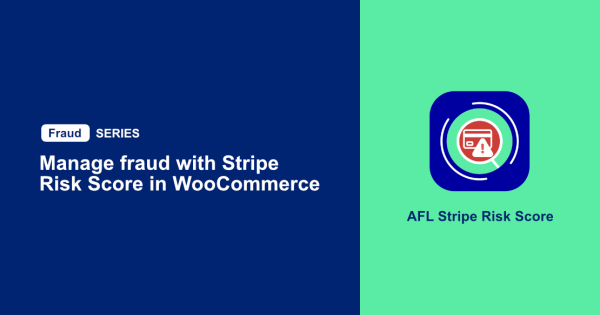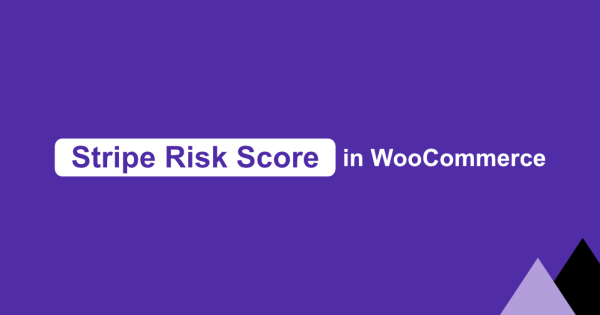
There are several scenarios where Facebook does not append the Facebook Click Identifier (fbclid) parameter to your Facebook shared URL.
If you are using the fbclid parameter as an indicator for your conversions or website visit, you might want to change your tracking strategy today. We will discuss the reasons below.
The fbclid parameter is a Facebook Click Identifier which is appended to an outbound URL on the Facebook social media platform for the purpose of analytics.
Conditions for appending the fbclid parameter
The following are the conditions where Facebook will append the fbclid parameter to your outbound link depending on whether your visitor is using a desktop browser or a mobile browser.
- For Facebook Ad link on a desktop browser, Facebook will append the fbclid parameter.
- For Organic link (posts/comments) on a desktop browser, Facebook will append the fbclid parameter.
- For Facebook Ad link on a mobile browser, it launches the in-app browser and Facebook will append the fbclid parameter.
*** Please note that Facebook may change the conditions from time to time.
Conditions for missing fbclid parameter
The following are the conditions where the fbclid parameter is missing / unreadable from your Facebook outbound link and this will ultimately affect some of your analytic process on tools such as Google Analytics.
- For Organic link (posts/comments) on a mobile browser, it launches the in-app browser and Facebook will NOT append the fbclid parameter.
- For users on iOS 14.5 and have opted-out of tracking, Facebook will NOT append the fbclid parameter.
- The website visitor is using is privacy-focus browser like Brave. Depending on the user settings, the browser will prevent any Javascript from reading the fbclid value even though it is visually shown in the address bar.
What is the best strategy for tracking Facebook visits and conversions?
Since the fbclid parameter may not always be appended in your Facebook campaign URL, the best strategy to track Facebook visits and conversions is to deploy UTM parameters across all your Facebook marketing activities.
Digital marketers have long been using the UTM parameters to gain valuable analytics by adding the utm_source, utm_medium and utm_campaign parameter to the landing page URL being shared or advertised on Facebook.
If you want to learn how to generate a tracking URL with UTM parameters, read our beginner’s guide on How to use UTM to track WooCommerce campaigns? We will explain what are the five UTM parameters and we will show you several examples on how to use it for an e-commerce store.
Once you are comfortable in building your UTM tracking URL, you would now want to track the conversions on your website and learn which UTM parameters brought in the sale.
Store FBCLID and UTM parameters as First-party Cookie
With browsers cracking down on third-party cookies and cross-site tracking, this means that some of your analytics tools may not be getting an accurate detail of your visitor. This happened when Apple introduced the Intelligent Tracking Prevention in the Safari browser.
So we have build the AFL UTM Tracker, a WordPress plugin to store the UTM parameters as well as the fbclid value as first-party cookies when your visitors land on your website.
Once your visitor completes a purchase or submits a lead form on your website, our plugin will grab the cookie value from your visitor and tie it to that particular purchase.
Now whenever your website received a sale or lead, you can instantly view the conversion report in your WordPress backend which will tells you the UTM parameters, fbclid value, landing page URL and etc.
You wouldn’t be able to get these conversion data right away with Facebook Pixel or Google Analytics. With the conversion attribution data instantly available through our plugin, you can now make better judgement on where to increase your Ad spend.


